The Healing Power Of Equine Therapy: How Horses Help Us Heal
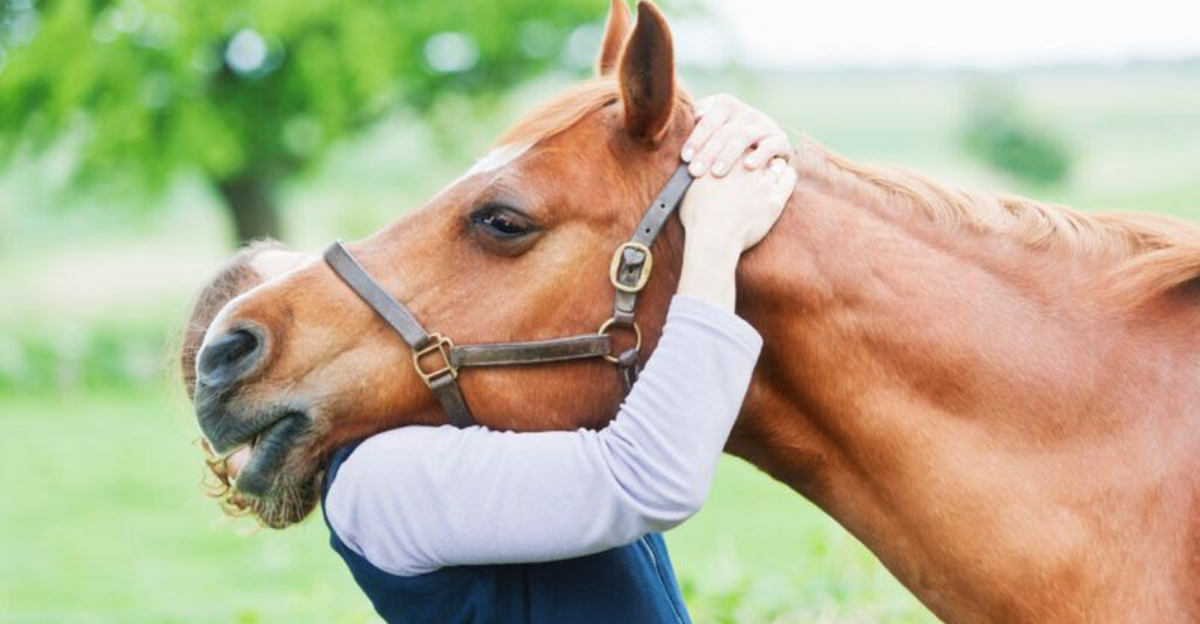
Have you ever noticed the magical calm that washes over you when you’re around horses? These magnificent animals have a special ability to connect with humans on a deep emotional level.
Equine therapy harnesses this natural bond, using horses as partners in the healing process for people facing various physical, emotional, and mental challenges.
1. Building Trust Through Connection
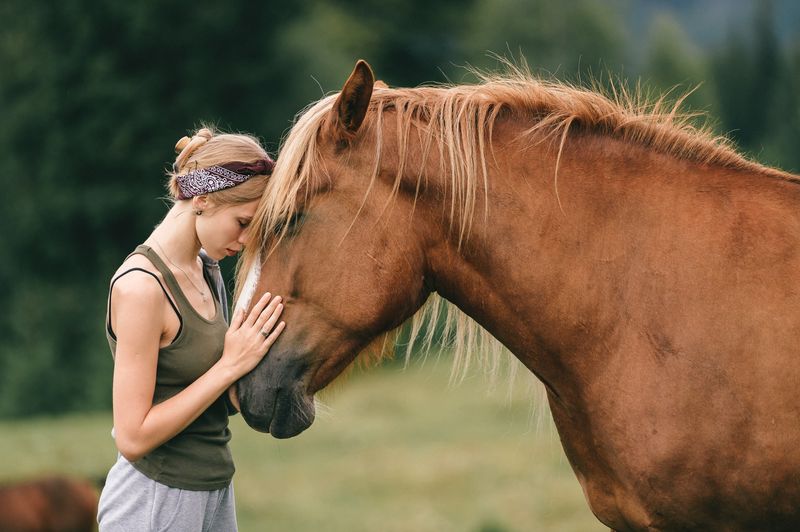
Horses don’t judge us for our past mistakes or current struggles. Their authentic presence creates a safe space where people can gradually lower their emotional walls.
Many therapy participants report that trusting a 1,000-pound animal becomes a stepping stone to trusting people again. This horse-human connection often reaches parts of the soul that traditional therapy cannot access.
2. Improving Emotional Regulation
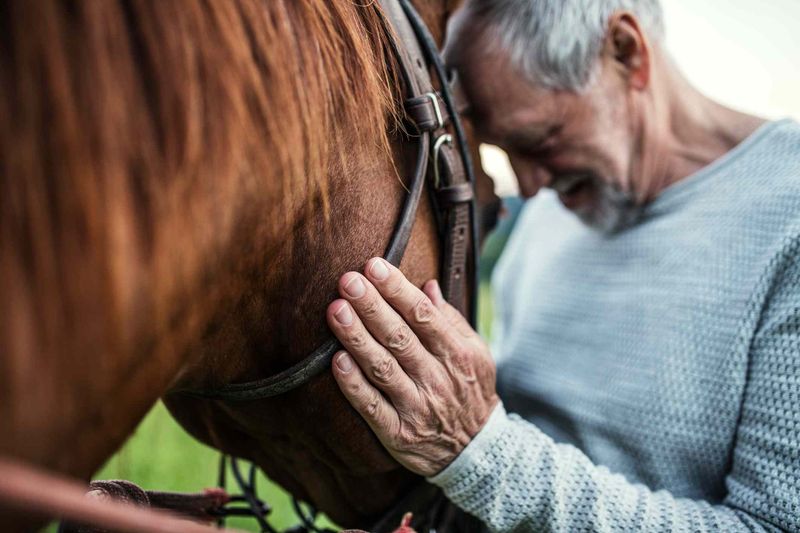
Horses are like emotional mirrors, instantly reflecting our inner states. When we approach feeling anxious, they become alert; when we’re calm, they relax.
This immediate feedback loop teaches us to manage our emotions effectively. Children with behavioral challenges often learn to recognize and control their feelings through these honest equine interactions, developing skills that transfer to human relationships.
3. Reducing Stress And Anxiety

The rhythmic motion of horseback riding naturally releases tension from our bodies. Studies show that just 30 minutes around horses can significantly lower cortisol levels in our bloodstream.
Veterans with PTSD report that the steady cadence of hoofbeats creates a meditative state, allowing their hypervigilant minds to finally rest. This natural anxiety reduction often works when medications fall short.
4. Boosting Confidence And Self-Esteem
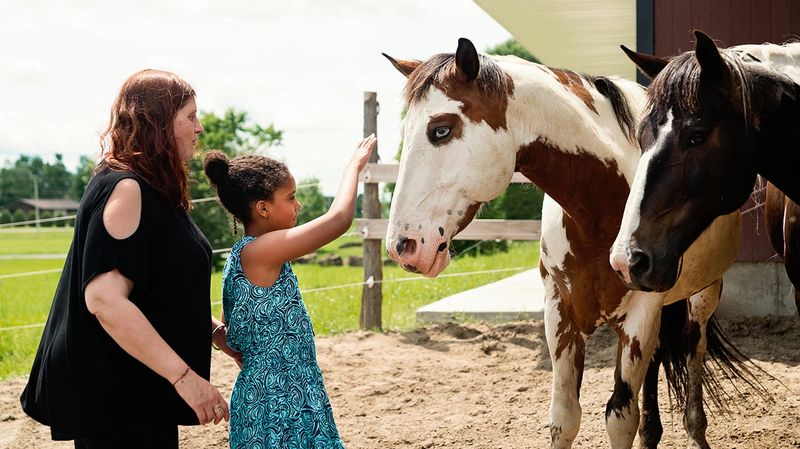
Successfully communicating with a powerful horse creates an immediate sense of accomplishment. Timid children transform before their parents’ eyes when they first guide a horse through simple tasks.
The courage required to work with such large animals transfers to everyday challenges. Many therapy participants report standing taller and speaking more confidently after mastering basic horsemanship skills, carrying this newfound self-assurance into their daily lives.
5. Physical Rehabilitation Through Riding
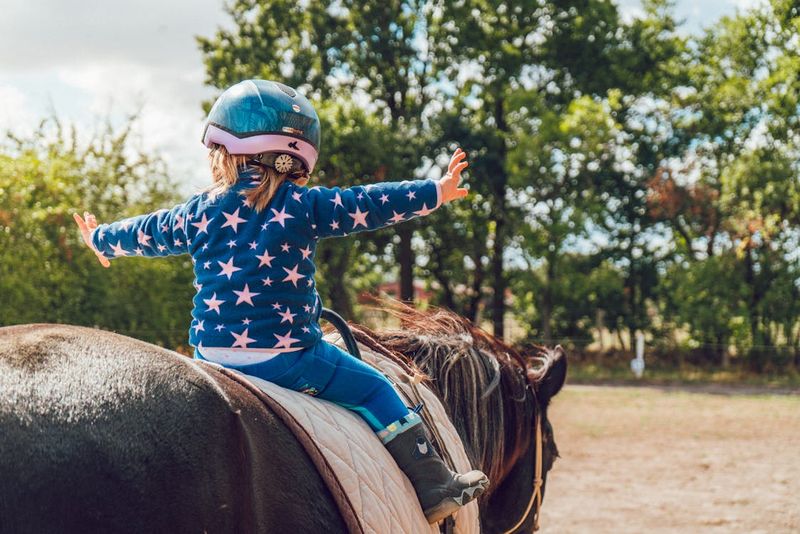
The natural gait of a horse mimics human walking patterns, activating muscles that might otherwise remain dormant. Children with cerebral palsy often experience breakthrough moments during therapeutic riding sessions.
Each stride provides gentle, rhythmic movement that strengthens core muscles and improves balance. Riders with physical limitations frequently achieve mobility milestones that seemed impossible before working with horses.
6. Encouraging Patience And Focus
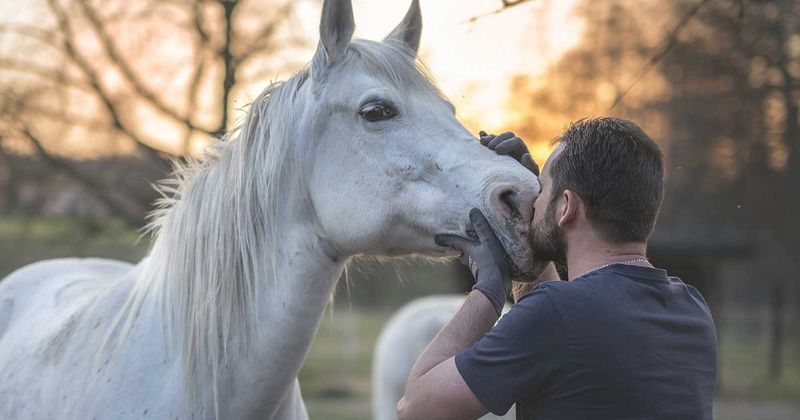
Horses operate on their own timeline, teaching us valuable lessons about patience. Rushing around these sensitive animals simply doesn’t work.
Children with attention difficulties often discover a natural ability to concentrate when working with horses. The immediate feedback from the horse—moving away when approached too quickly or cooperating when approached calmly—creates powerful learning moments about the value of slowing down and staying present.
7. Facilitating Communication Skills
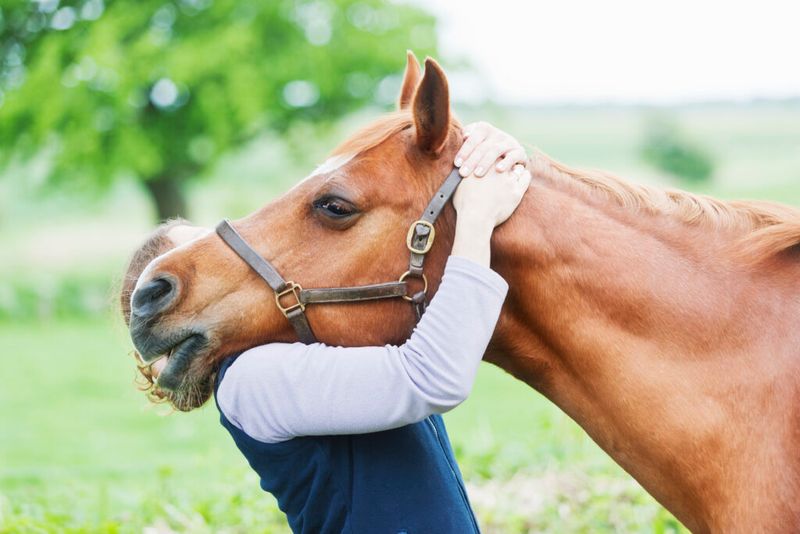
Horses respond primarily to non-verbal cues, making them perfect teachers for improving communication. A slight shift in body language can completely change how a horse responds to us.
Non-verbal children often make breakthrough connections with horses before humans. The necessity of clear, consistent signals when working with these sensitive animals develops communication awareness that extends beyond the stable into everyday interactions.
8. Fostering Empathy And Compassion

Caring for another living being naturally nurtures our capacity for empathy. Troubled teens who struggle to connect with peers often show surprising gentleness when tending to horses’ needs.
Learning to read a horse’s body language for signs of discomfort or contentment builds awareness of others’ feelings. Many parents report that their children demonstrate increased compassion toward siblings and classmates after participating in equine programs.
9. Helping Overcome Trauma And PTSD

Horses create a judgment-free zone where trauma survivors can process painful memories at their own pace. Their calming presence provides a sense of safety that’s essential for healing.
Military veterans report that bonding with horses allows them to reconnect with emotions they’ve suppressed for years. The stable environment becomes a sanctuary where traumatic memories can be approached and processed with a supportive equine partner standing by.
10. Promoting Mind-Body Awareness
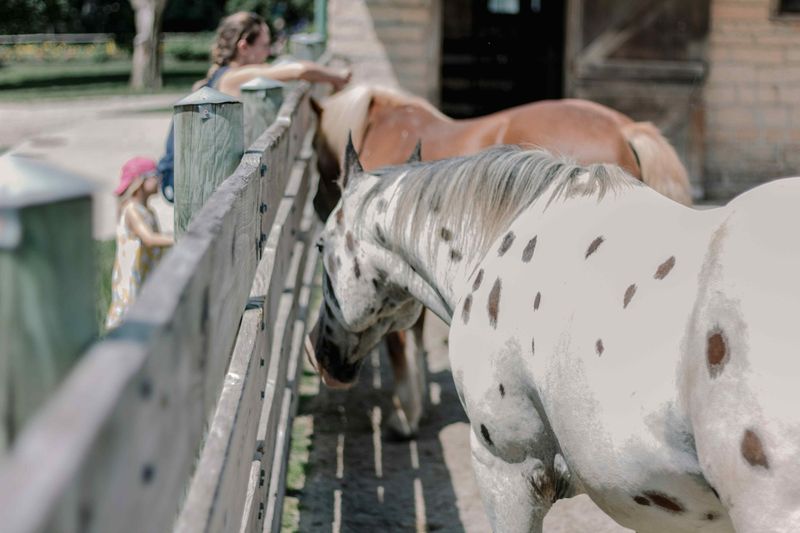
Riding requires constant physical adjustments and awareness of both your body and the horse’s movements. This natural synchronization develops proprioception—our sense of body position—in remarkable ways.
Children with sensory processing disorders often show dramatic improvements after regular riding sessions. The multisensory experience of horseback riding—feeling the movement, hearing the hoofbeats, smelling the earthy scents—creates neural pathways that enhance overall body awareness.
11. Encouraging Social Interaction

Barn environments naturally foster community and teamwork. Children who struggle socially often find it easier to connect with peers when horses provide a shared interest and purpose.
Group sessions create natural opportunities for cooperation and communication. Many parents marvel at how their typically withdrawn children eagerly share their equine experiences, finding confidence to initiate conversations through their newfound passion for horses.
12. Improving Emotional Expression And Self-Reflection
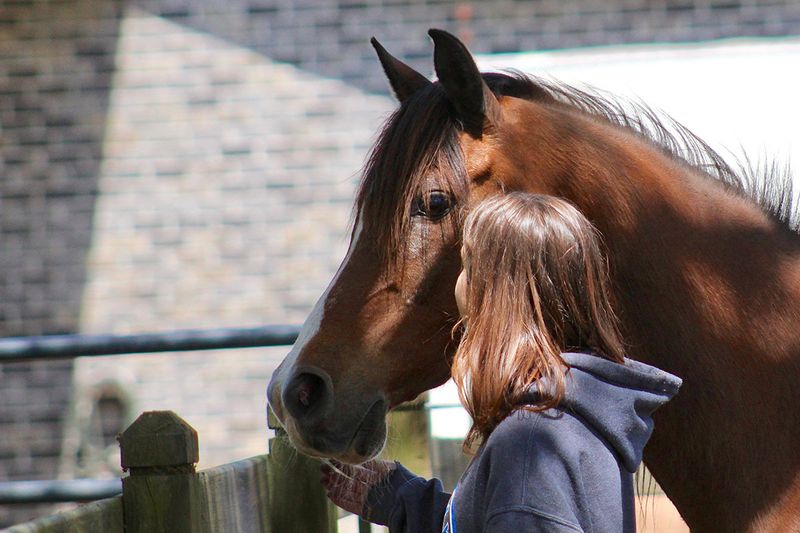
Horses respond authentically to our emotional states, creating powerful moments of self-awareness. When a horse backs away from someone hiding anger, it prompts honest reflection about unexpressed feelings.
Therapists use these natural interactions as windows into clients’ emotional worlds. The horse becomes a living biofeedback mechanism, helping people recognize and name emotions they might otherwise deny or suppress, leading to breakthroughs in emotional intelligence.
13. Providing A Sense Of Purpose And Responsibility

Caring for horses creates meaningful routine and responsibility. Depressed individuals often find new motivation when another being depends on them for care and attention.
The structured tasks of feeding, grooming, and exercising horses provide natural milestones throughout the day. Many therapy participants report that their horse’s eager greeting each morning became their reason to get out of bed during difficult periods, creating a bridge back to engagement with life.






